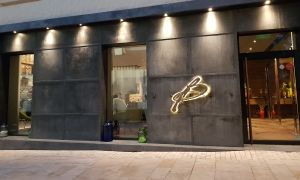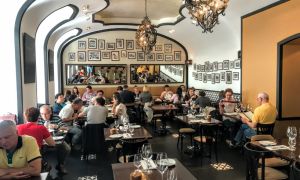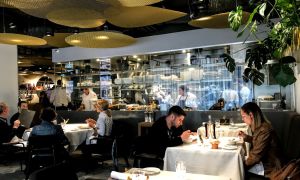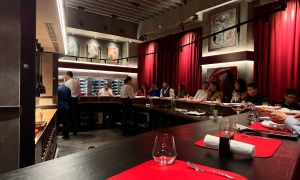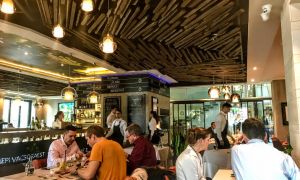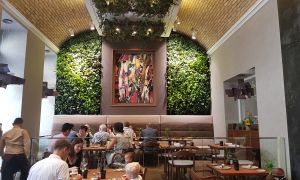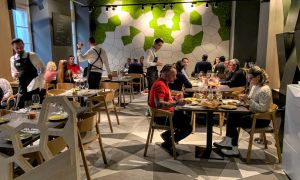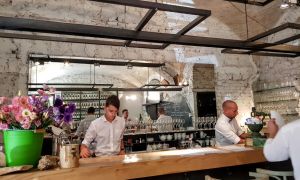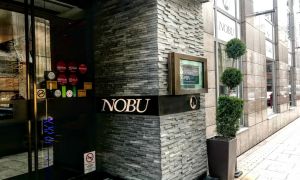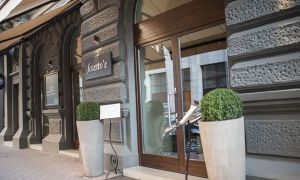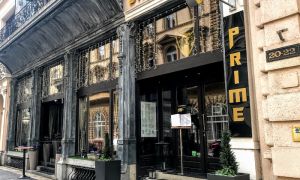Fine dining can mean many things these days apart from dim dining rooms, white linen tablecloths, and soft background music. The list below includes Budapest's highest-end restaurants, some even with a Michelin star. Most of these places serve tasting menus, featuring everything from updated Hungarian classics to New Nordic-inspired fare. The bad news: expect prices comparable to top restaurants in other major cities.
Babel is a Michelin-starred fine dining restaurant in the heart of Budapest. The hushed, casually elegant dining room has only a dozen tables, set with white linen and overlooking the neighboring Gothic cathedral bathed in soft light (the Danube is just a stone's throw away).
Swedish celebrity chef Daniel Berlin has fine-tuned the menu while the day-to-day kitchen duties are carried out by a quintet of local chefs under Kornél Kaszás. The 8 and the 12-course tasting menus draw inspiration from Austro-Hungarian cuisine but the kitchen chases purity of flavors rather than a complete loyalty to traditional dishes or ingredients (that flavor-bomb of guinea fowl broth!). From black caviar to truffles, exquisite foods abound and are prepared consistently well. The service staff is kind and competent – no matter how mundane or technical your question, they'll likely have answers for you.
The 12-course menu runs €180 per person or €270 with pairing, either with Hungarian wines or a selection featuring craft vermouth, local beers, Normandy cider, and an idiosyncratic Tokaj szamorodni. Babel is currently the priciest of Budapest's Michelin-starred restaurants, but also one that offers an all-around, two-star experience (despite having only one Michelin star currently).

